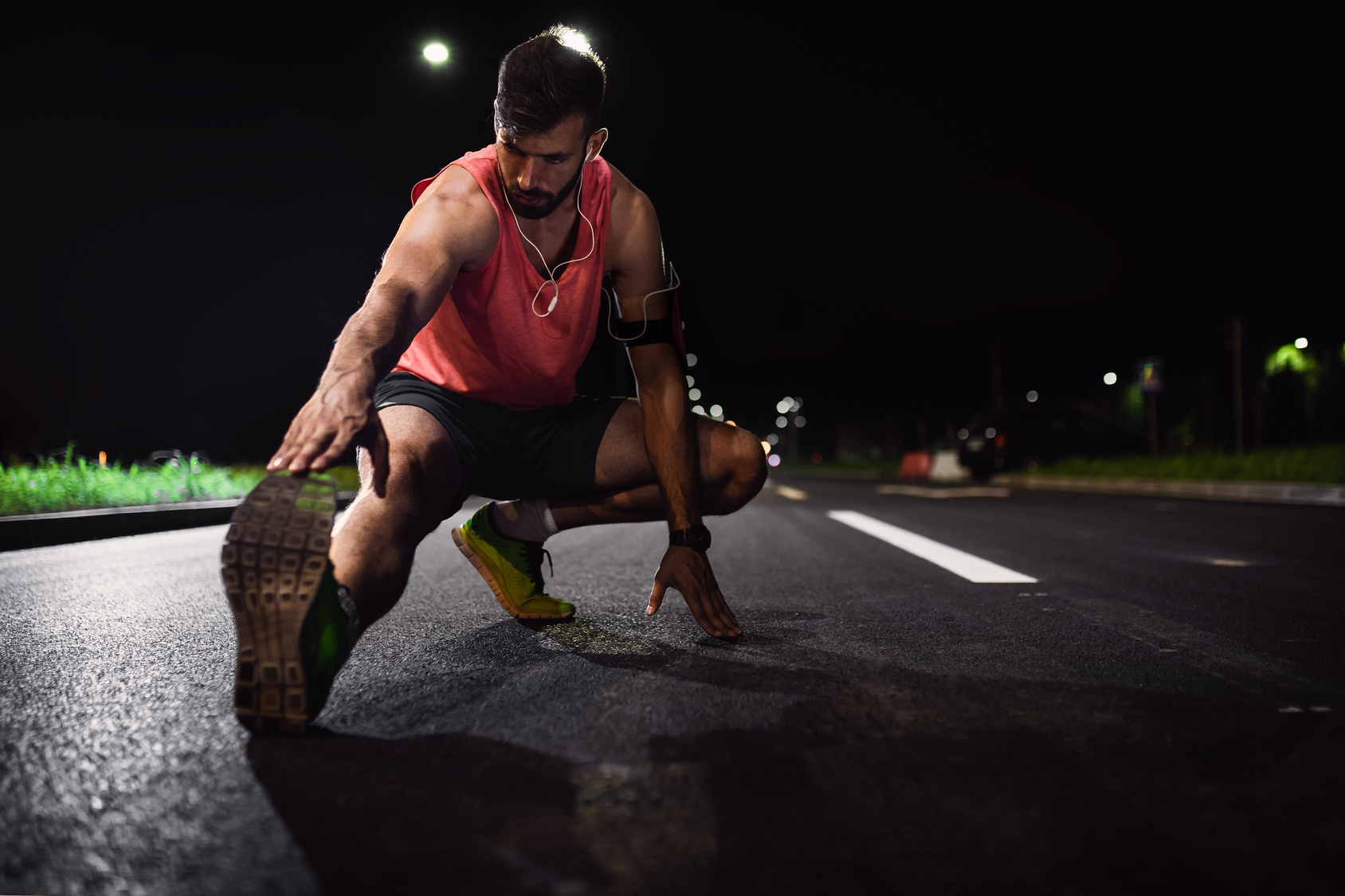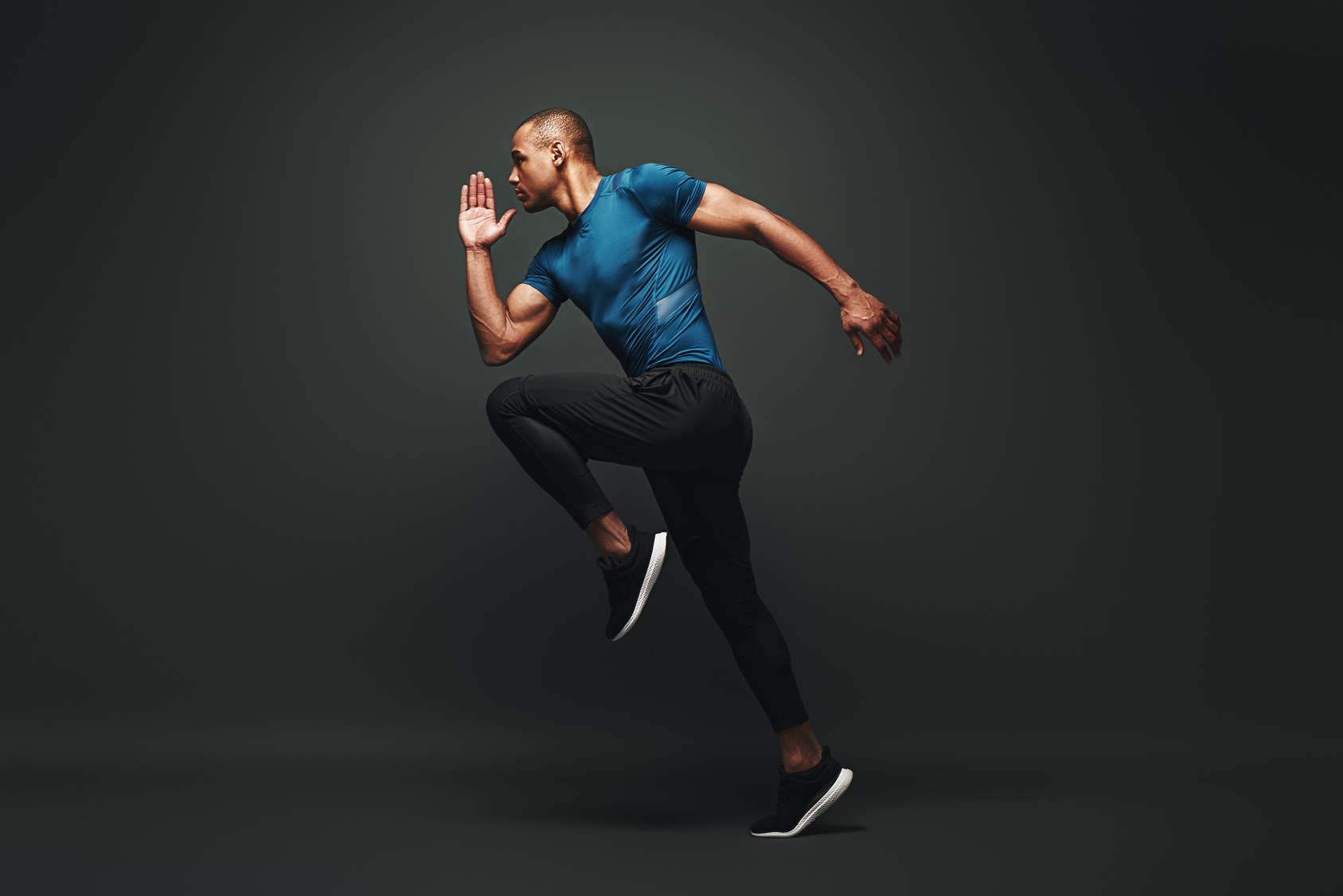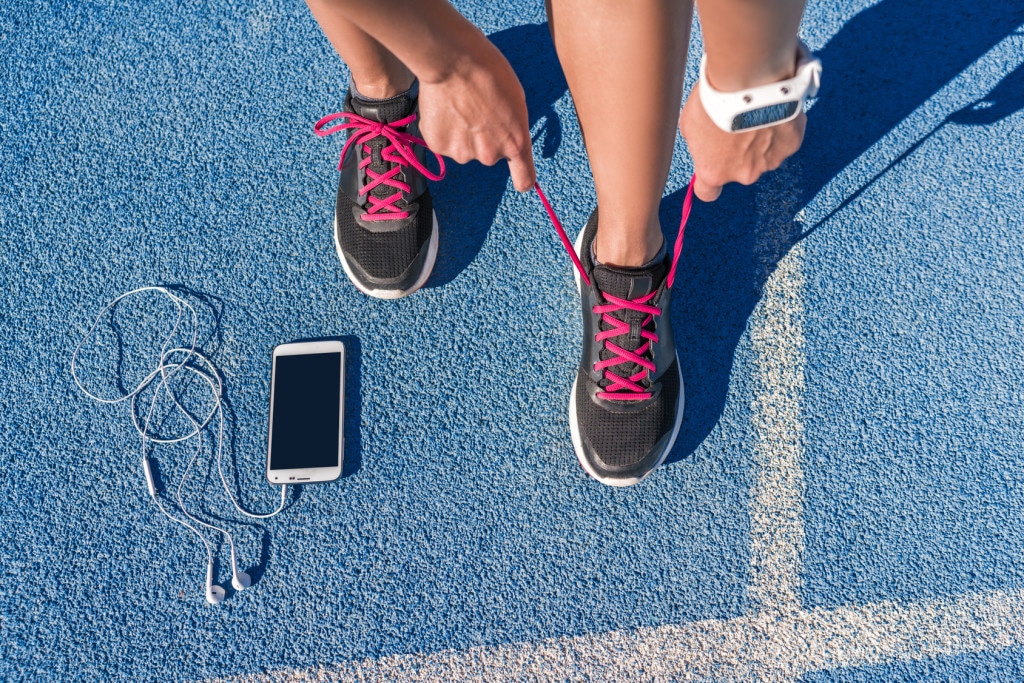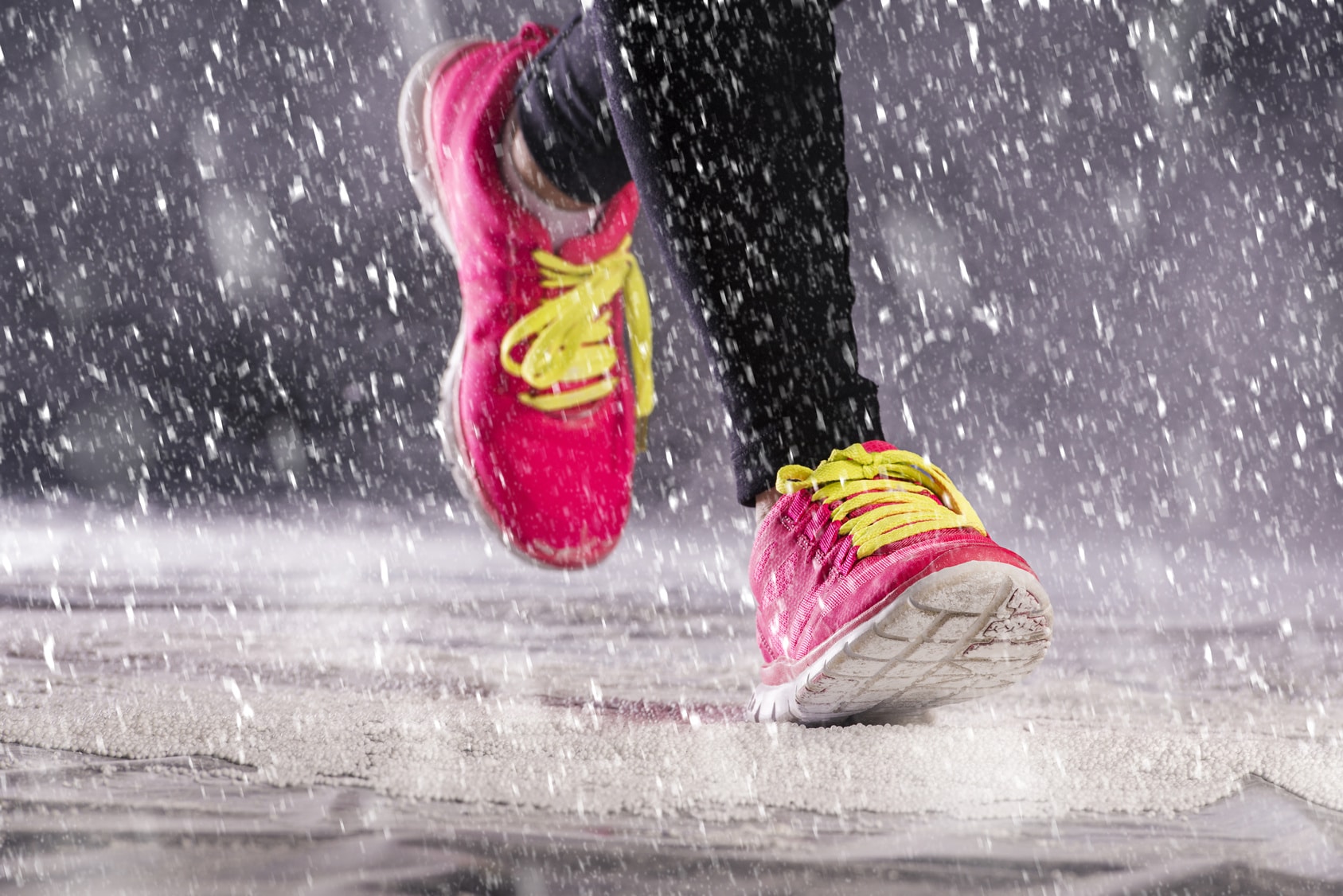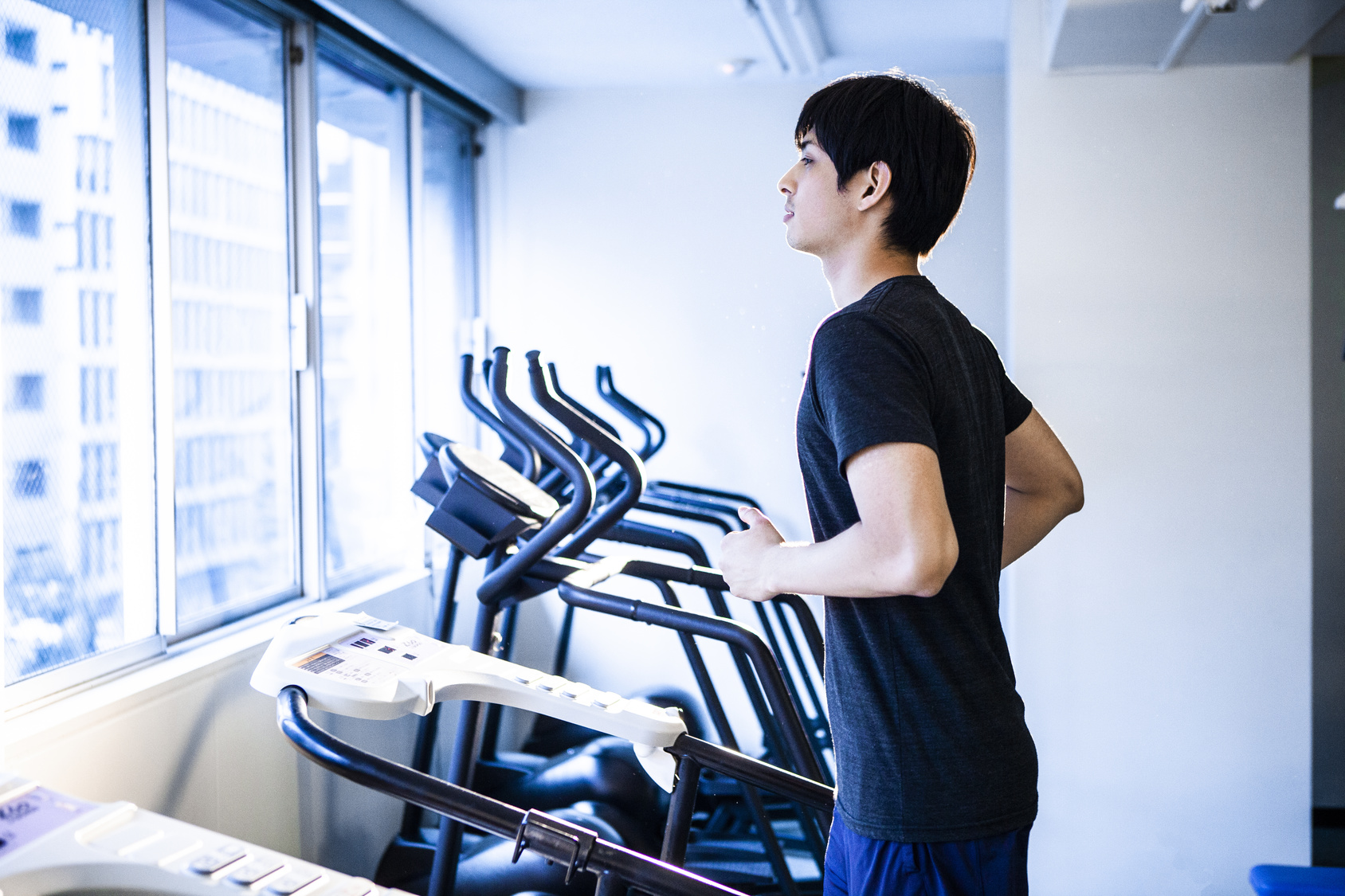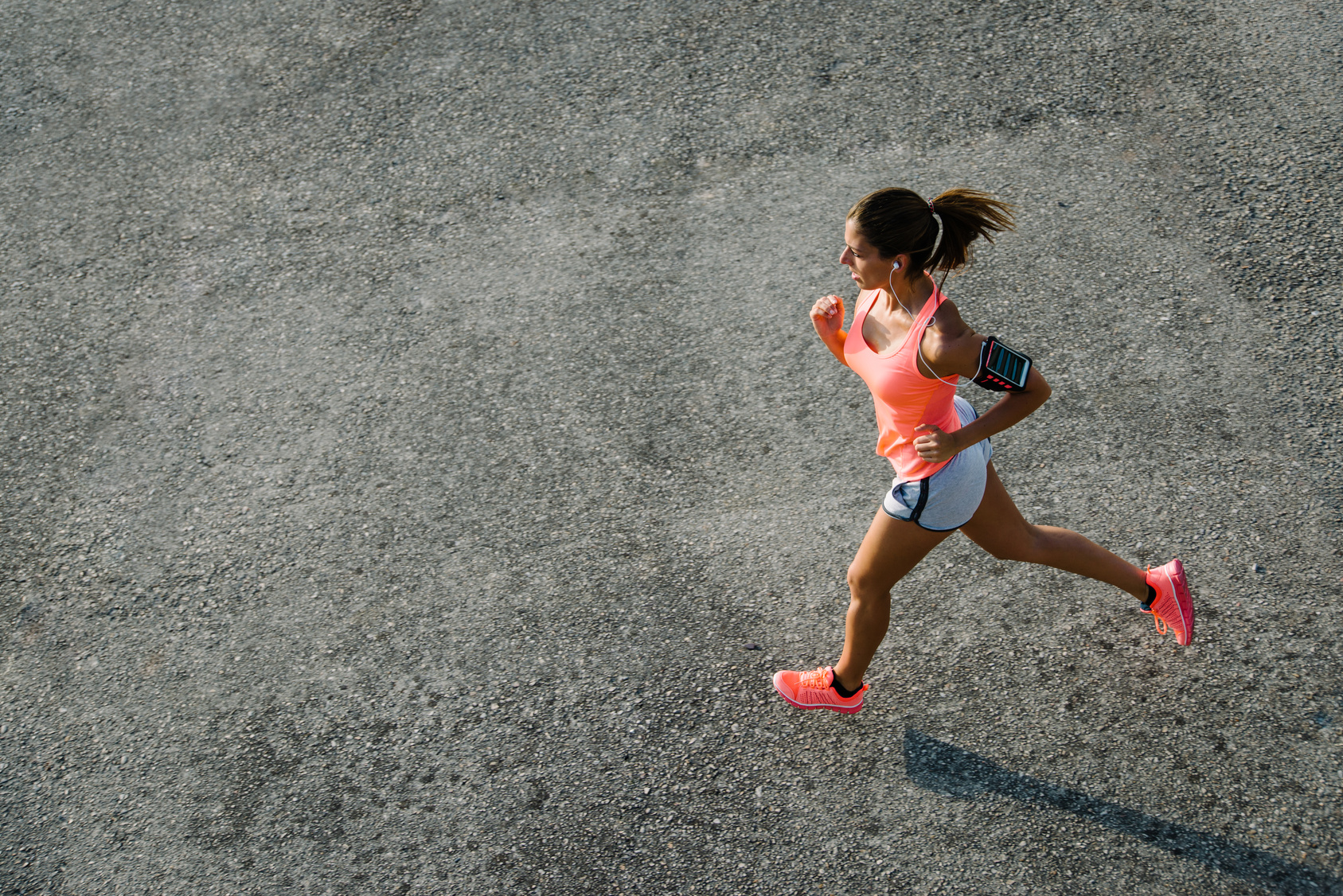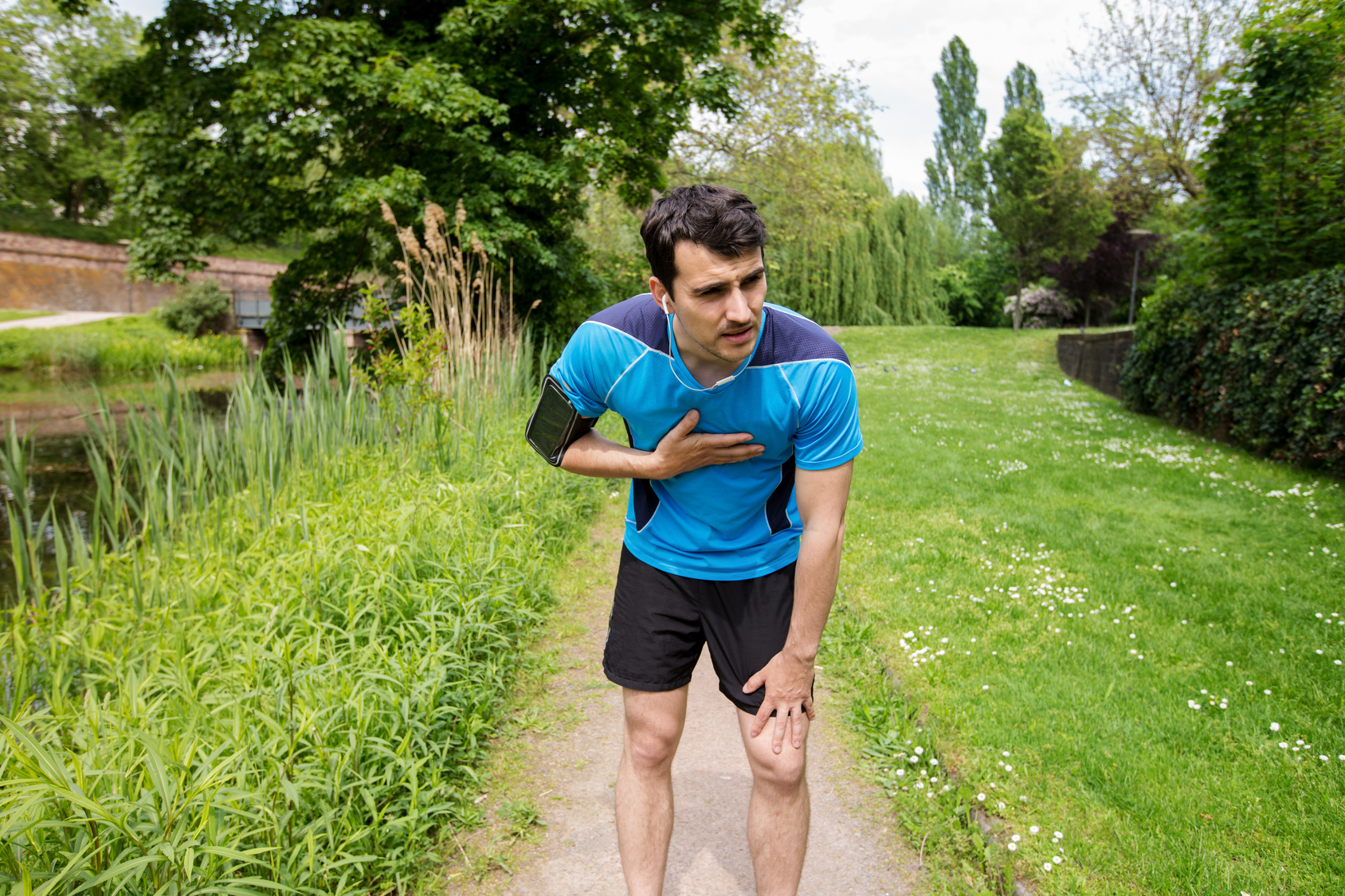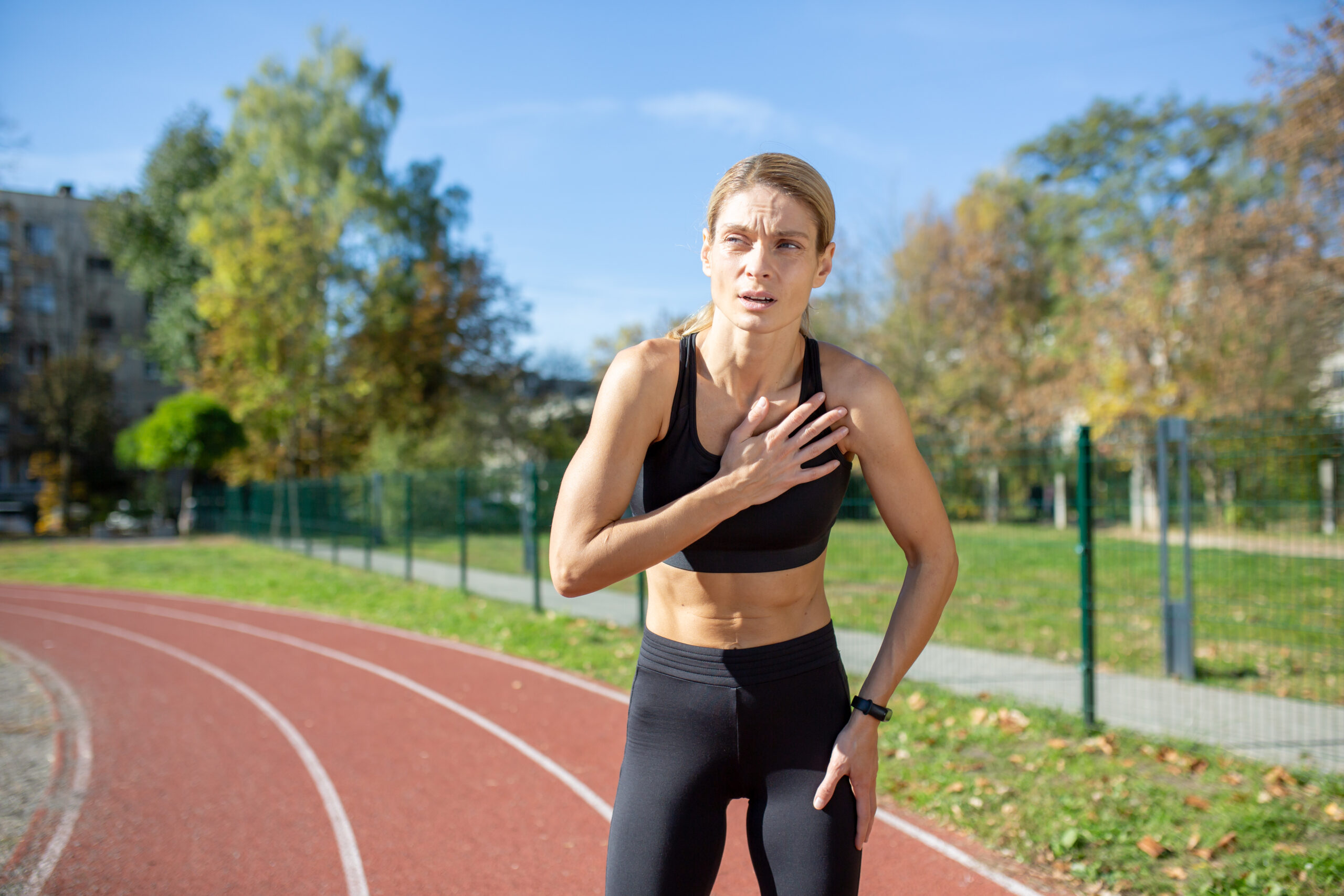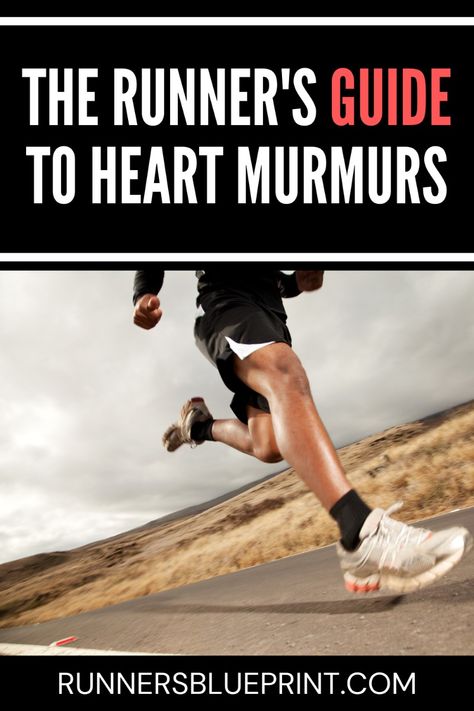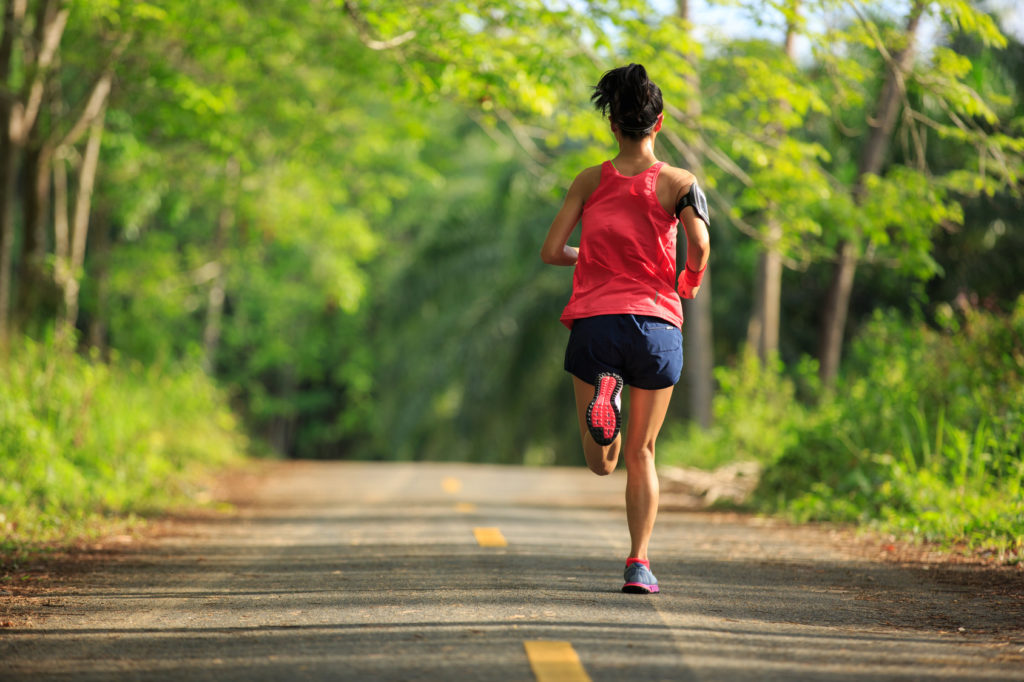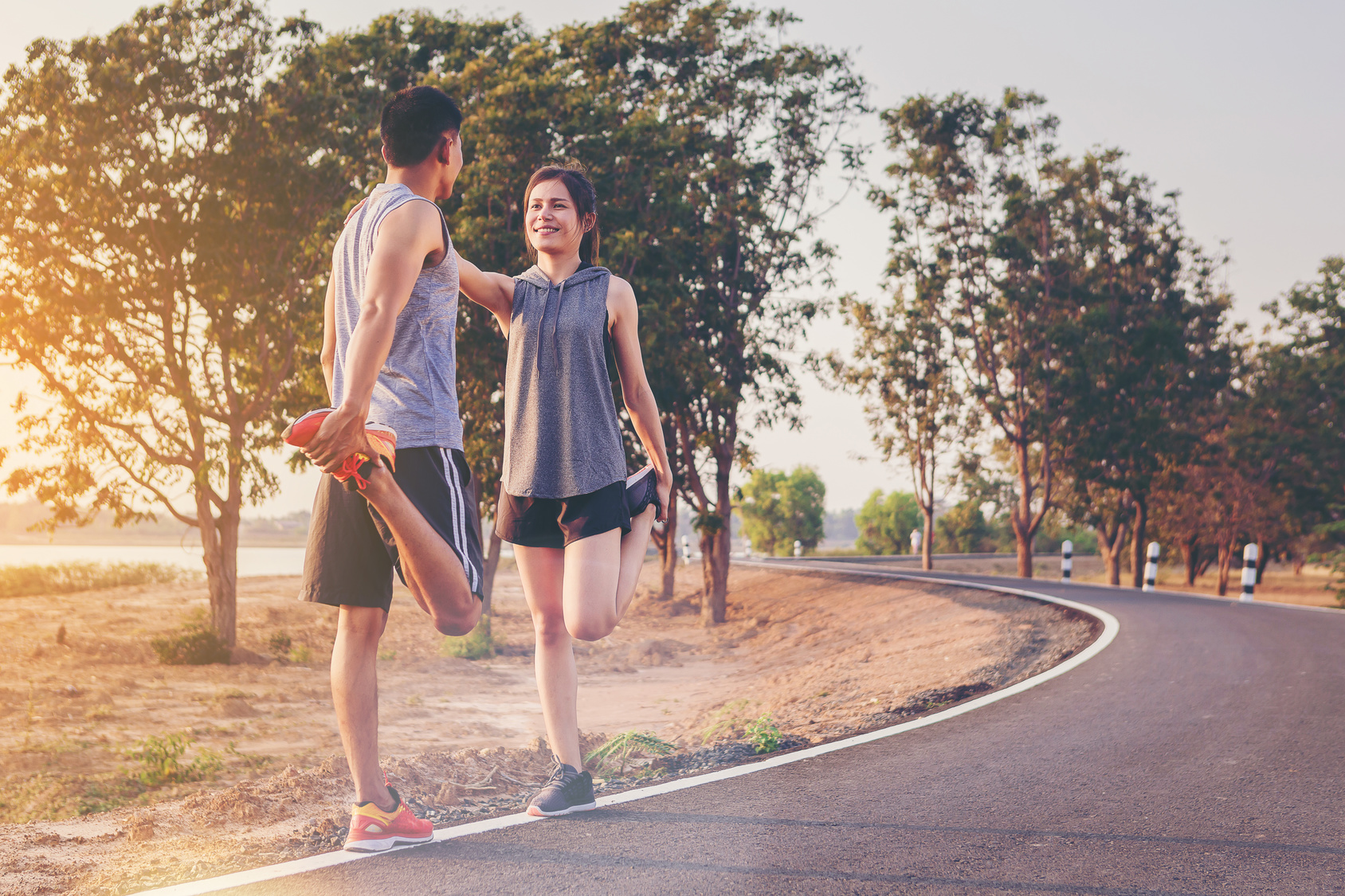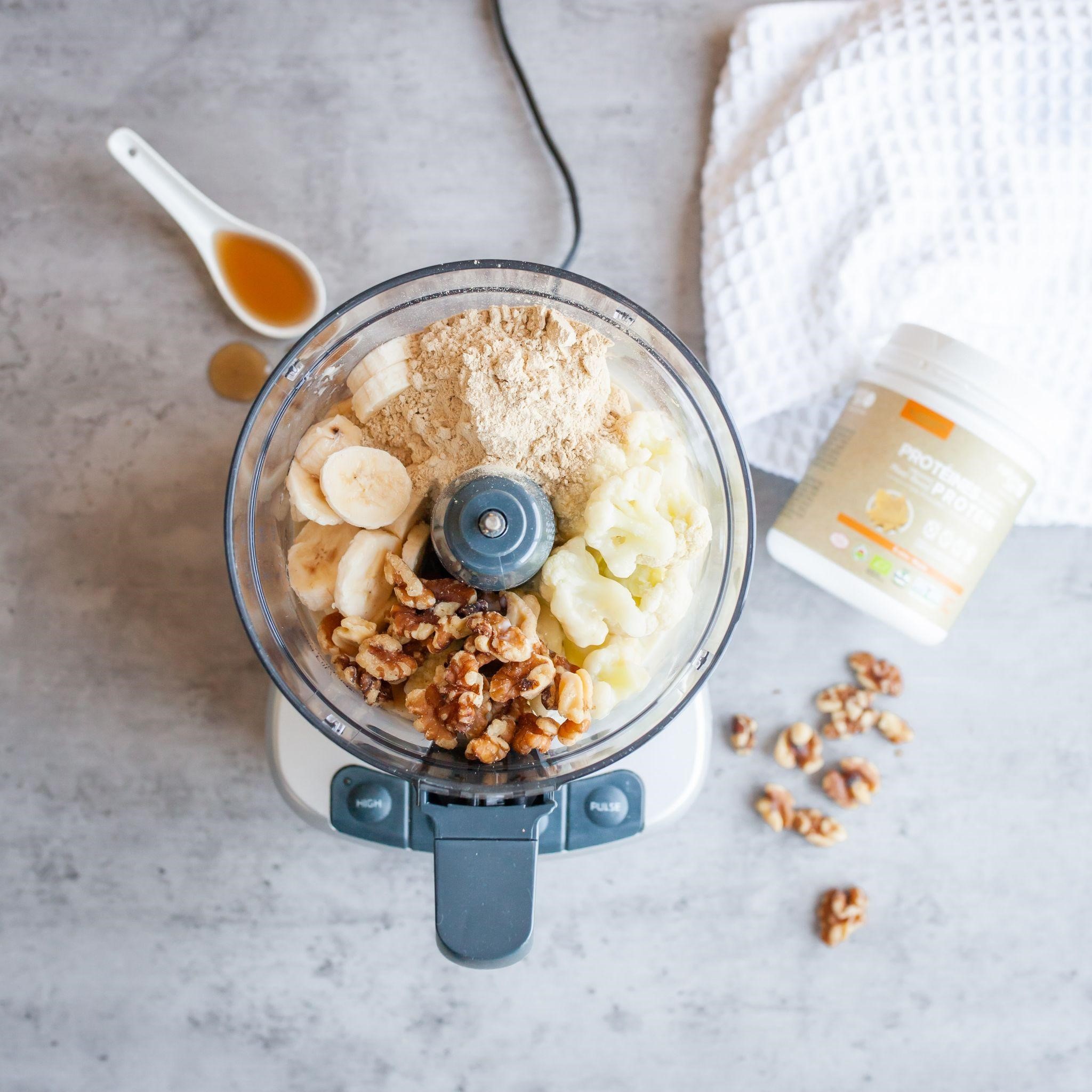Want to give night running a try but are afraid?
Then you have come to the right place.
Daytime savings, work meetings, family duties, and so on can get in the way of a running routine during the daytime. That’s why shifting to the nighttime might be the last resort for many runners.
But here’s a little caveat – Running at night requires a different approach than running when the sun is up.
I will share everything you need about safe nighttime running in today’s article.
More specifically, I’ll explain the following;
- The benefits of running at night
- The dangers and risks of nighttime running
- Is it worth it to run at night?
- Safety tips for running a time
- And so much more
Sounds great? Let’s get started
The Benefits of Nighttime runs
Here are some of the benefits of logging miles during the nighttime.
More Time
Most of your day is likely booked when you lead a busy life (just like the res of us). Maybe you’ve got a challenging job that requires every hour of the day, or you’ve kids to take care of, feed, and send to school.
INSERT YOUR REASON HERE.
If any of this applies to you, you might feel tempted to give up on running altogether.
But it shouldn’t be.
Running at night removes that excuse. You might have fewer interruptions and distractions following work, so you can put your energy into your run and likely long in one or a few extra miles.
Release Tension
Feeling tensed up during the day? Then your nighttime run is the ideal de-stressed.
Forget about drinking
Forget about clubbing
Forget about unwinding in front of a TV
Forget about Netflix and chill
And forget about those boring and expensive yoga classes.
Get your shoes on and chop away that stress monster one stride at a time. Then, no matter how bad your day was, you’ll feel that flood of endorphins.
In other words, a nighttime run can make you feel better.
Improve Your Sleep
If you run at night, you might experience deeper and higher quality sleep. You might also find it easier to fall asleep and stay asleep longer.
Again, don’t take my word for it.
Research consulted at the University of South Carolina reported that individuals who performed mild to high-intensity exercise for a couple of hours could fall asleep 30 minutes later.
But there’s a little caveat.
Research has found that exercising too hard too close to bed time may interrupt sleep quality in some individuals.
So to make the most of your night run, keep the pace easy, cool down properly after, shower, and unwind before you sleep. At the very least, your core temperature should return to normal before hitting the sack.
Fewer Injury Risks
Running when your core temperature is at its peak is ideal for avoiding injuries.
Guess when it is? It’s often between 4 pm and 8 pm.
When your core temperature is at its peak, your muscles will have more oxygen and nutrition, your blood flow will be improved, and your joints will be well lubricated—all of which sets you up for the perfect workout.
Science backs this up. An experiment conducted at London University found that subjects consistently run around a minute faster on a 10K course at night than during the day.
3 Risks of Running at Night
There are particular risks to running at night concerning sleep and safety. Some of these include:
Visibility issues
Vision is impaired once the sun sets. Noticing bumps, holes, or ice on the road will be harder. Nighttime running can be dangerous. You might have trouble seeing obstructions or vehicles; other road users will find it hard to see you. This puts at a higher risk of accidental collisions.
This is especially true if you focus on breathing instead of being aware of running terrain. (It’s not a deal breaker. I’ll share a few tips later on how to sidestep this.)
Difficulty Sleeping
I touched upon this before, but it merits repeating. This is especially true if you plan to do a hard run at least two hours before bed. Night time intense running raises your heart rate and boosts your core temperature, making it harder to fall asleep.
(Again, I got a few solutions for this. Just hold on.)
Harassment
Depending on where you run, getting harassed can be troublesome. This is especially the case for a female runner.
How to Start Running At night
Without further ado, here are the guidelines for a safe and effective nighttime run.
Have Situational Awareness
By far, this is the cardinal rule of safety.
Situational awareness is the overarching principle of safe outdoor exercise—not just at night but also during the day. Abide by this rule, and you’ll reduce the risk of getting yourself in dangerous situations.
First of all, be aware of your surroundings. Avoid quiet alleys, dark parks, overgrown trails, deserted areas, etc. Instead, stick with busier streets, staying on the left side of the road—preferably under a streetlight—the entire time.
Next, keep your eyes straight ahead, check your sides, and turn to check what’s behind you occasionally—especially if you feel anything out of place.
What’s more?
Keep your eyes open for obstacles that can trip you up: rocks, broken concrete, gumballs, drivers, and everything else.
And please, be wary of any suspicious people on your running route.
No Headphones Allowed
Many runners love to hit the pavement with their favorite tunes in the background—I’m no exception.
But running at night is a different beast. First, your vision is impaired. Thus, you’ll need your ears to guide you forward.
However, loud music restricts your hearing and distracts you from your environment, cutting you completely from what’s happening around you.
According to a study from the University of Maryland School of Medicine and The University of Maryland Medical Center in Baltimore, traffic incidents involving pedestrians wearing headphones tripled from 2004 to 2011.
The worst part is that a whopping 70 percent of these incidences resulted in the death of the pedestrian.
If you feel like you have to run with your headphones, at the very least, have the volume low enough that you can hear your surroundings, whether it’s people, oncoming cars, trains, or cyclists.
You can also use one earbud (tuck the other bud safely into your shirt or jacket) and keep an ear for anything heading your way.

Be Traffic Smart
Traffic is another huge source of headache for runners—especially city dwellers. Cars are the biggest source of danger during night time running.
About 80,000 pedestrians get hurt each year by cars in the U.S., and the risk of being struck increases 10-fold after dark, with the majority of accidents occurring between 6 p.m. and midnight, according to the Centers for Disease Control.
The number of fatalities is also alarming. According to the National Highway Traffic Safety Administration, roughly 4000-5000 pedestrians sustain fatal injuries in traffic crashes yearly.
And as a runner, you are, basically, a pedestrian on steroids. So here are the sensible steps you need to take:
First, never run in the same direction as traffic. Instead, run against it. By facing traffic, you’ll see oncoming cars clearly if you must make any last-minute evasive maneuvers.
Secondly, do not make the mistake of assuming that a driver can see you. Instead, assume that every driver is busy texting, talking on the phone, listening to the radio, or just lost in thoughts. In other words, run like a defensive driver.
What’s more?
If you can, avoid rush hour time—the fewer vehicles to worry about, the better. Wear a cap or visor if you find headlights blinding.
Here are more traffic rules to follow:
- Look both ways before crossing the streets, even if a stop sign is nearby.
- Slow down, or stop at a curb to get a full picture of the road ahead.
- Make eye contact with a driver before crossing the road.
- Keep your eyes on reverse lights and an ear for cars with running motors.
Run With a Partner
I hate to sound cliché, but there is strength in numbers.
Running with a buddy gives you extra ears and eyes for danger. This will drastically reduce the risk of someone accosting you.
Pairing up with a buddy can also boost your motivation and consistency. So, don’t you want to be a safe and better runner? I bet you do.
Ask your running friends, and join online runners’ forums. Or just join a local running club. They must have night time running plans.
Leave Word
Let your family members, friends, roommates, or a neighbor know where you are going, as well as what time they should hear back from you.
Once you are back home, touch base and tell them you are safe and sound.
Have Your ID on
Carry your identification with you, such as your driver’s license or some other form of ID. Put it in your pocket, use an ID bracelet, or clip on a tag to your running shoes.
Also, jot down your name, address, blood type, a list of emergency contacts, and any pertinent information.
Protect Yourself
To err on the safe side, consider keeping pepper spray or a Taser gun on you (depending on your state’s laws) to ward off any uninvited animals or individuals.
Have A Phone
Bring your cell with you even if you prefer staying off the grid while running (it’s your solo time, after all, so I won’t blame you).
Opt for an armband if you don’t have a pocket or bag to safely (and comfortably) carry your phone.
Don’t hesitate to call the police—and everyone else—if you’re in a pinch or got yourself embroiled in something bad.
Use Apps
Put modern technology to your advantage by using tracking and safety apps.
Some of the best security apps include safe. This one sends an alert message with your exact location to a list of emergency friends (or Guardians) who can respond promptly.
RunSafe is also another great option. This has the same functionality as most fitness apps, with GPS-enabled tracking.
It also has, like safe, a sort of panic button that triggers a siren and strobe light, records videos, alerts the authorities, and tells them your exact GPS location.
Vary your Routes
Alter your running routine by running various routes throughout the week. If that’s impossible, run your usual running route backward.
Sticking to a rigid running routine creates a predictable pattern for creepers and stalkers to track you.
But, the less predictable you are, the harder you make it for someone to learn your habits.
Of course, random attacks do happen, but for the most part, stalkers usually pick their victims by observing a given area and looking for patterns.
And if you end up on their radar, they could predict where and when you will be solo during a night run.
The Right Gear For Nighttime Running
Your running gear also matters when running in the dark. Here are the must-have items:
The Right Clothing
Choose clothes designed for the night-conscious runner. It’s key that other road users can see you out there, especially when you’re crossing roads or running on the street.
You can find plenty of running-friendly clothing made of neon, light-reflection materials for nighttime workouts.
The good news is that high-visibility running gear can be lightweight, affordable, and a simple way to stand out during nighttime runs. The more reflective your clothing is, the more visible you will be on the road. Thus, the safer you’ll be.
Reflectors Around your Joints
For more visibility, strap a few reflectors around your joints, mainly your shoulders, elbows, knees, and ankles.
Doing so makes you instantly stand out from a still object like a tree or a mailbox and tells drivers which direction you are going. If you cannot afford them, use reflective tape or straps instead.
Headlamps
A good headlamp cuts through the darkness like a hot knife through butter. This can help you choose the safest course while improving visibility. Some modern brands are lightweight enough to attach to your hat or visor without much hassle.
Clear Glasses and a billed cap
These two items are critical for protecting your eyes at night.
The clear glasses act as a sort of shield for your eyes from cobwebs, thin branches, buds, leaves, and other obstacles. While on the other hand, the bill of a cap will protect your eyes from tree branches and other unseen obstacles that might obstruct your path.
Follow your Instinct
In the end, gut feelings are what might save the day.
Hence, if the hairs on your neck stand up for no apparent reason or a given situation is giving you the heebies jeebies, trust that feeling and run to a safer location.
Those gut feelings have protected us for millions of years and are there for a reason.
And do not think twice about alerting the authorities. Call the police in case you notice anything suspicious, whether it’s a person, a car, or a situation, you name it.
In other words, if you see something, say something.
Night Time Running – The Conclusion
There you have it! If you’re serious about making the most of your night runs, then today’s post should get you started on the right foot.
The rest is just details.
Please feel free to leave your comments and questions in the section below.
In the meantime, thank you for dropping by.
Keep training strong.
David D.


